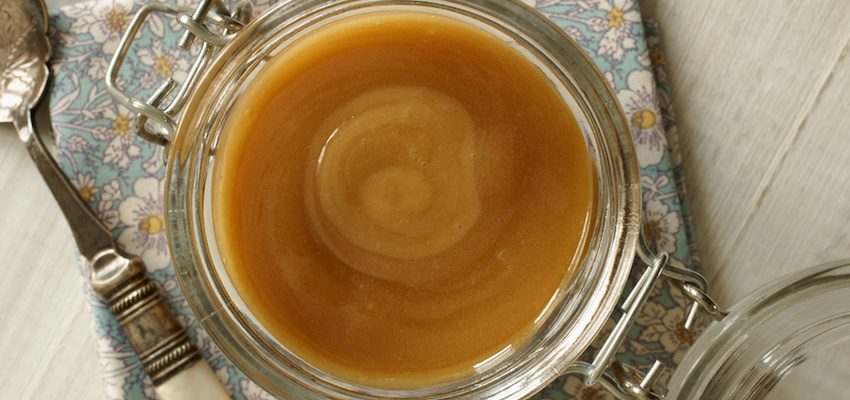Manuka Honey: Why It's Great For Your Skin

A few months ago, the stress I was experiencing in my life started showing up on my face. Major life changes, lack of sleep and a less-than-perfect diet began taking a toll on my emotional and mental wellbeing. Physically, the stresses manifested in a lackluster complexion, facial dryness and breakouts the caliber of which I hadn’t seen since my early teens.
Though I knew the first place to heal was my inner turmoil, I also wanted to address the outer symptoms . Rather than slathering on chemical-laden products to treat my stressed skin, I went the natural route and opted for a course of manuka honey TLC for my skin. I'm happy to report my skin has calmed down and urge anyone experiencing skin issues to incorporate manuka honey into your regimen.
What is it?
Manuka honey is produced by bees that feed on the manuka shrub of New Zealand’s remote North Island. Though all raw, unheated honeys have health benefits, manuka has been found to have higher therapeutic properties than other varieties.
Why raw?
The difference between raw and regular honey is that raw honey hasn't been processed. When honey is "processed," it's heated, or pasteurized, in order to achieve the golden, syrupy look we’re accustomed to. But, like other pasteurized foods, honey loses a lot of its beneficial nutrients when exposed to heat high enough to kill potentially harmful bacteria. Alternatively, raw honey is packed with vitamins B, C and live enzymes.
What does it do?
Heals acne: Due to its anti-inflammatory properties, manuka honey reduces redness and heals congested or inflamed skin and eczema. Additionally, Manuka oxygenates pores to draw out bacteria, drastically improving acne-prone areas.
Repairs skin: Manuka promotes skin regeneration, repairs cellular damage and lessens scarring.
Hydrates: When applied to your skin, manuka will hold in moisture and absorb moisture from the air for a dewy, glowing complexion.
Anti-aging: Because of its moisturizing properties, manuka retains moisture without making skin oily, the first step in wrinkle-free skin. It also inhibits MMP, a group of enzymes that destroy collagen.
How should I use it?
Mask: My favorite way to use manuka is to mix it with cinnamon and apply it as a mask. Steam your skin, pay dry and apply a thin layer of manuka blended with a pinch of cinnamon. Leave on for 20 minutes and gently wipe off. Close pores after by rinsing with cold water. Use the same mixture as a spot treatment and leave on overnight to see blemishes disappear.
Cleanser: Add a few drops of hot water to a quarter-sized dollop of manuka and cleanse massage around your entire face for three minutes (make sure you're not wearing any makeup ). Gently wipe off with a washcloth or sponge for extra exfoliation.
Dark spot treatment: To fade acne scars, brighten and resurface the skin, mix a quarter-sized dollop of manuka, fresh-squeezed lemon and a teaspoon of organic cane sugar. Massage mask into steamed skin and allow the mixture to work its magic for 20 minutes. Rinse and close pores with cool water.
What should I look for?
Manuka honey is often graded as "12+ or "16+," which indicates its concentration of beneficial compounds and antioxidants, so the higher the number, the stronger the antibiotic effect.
Photo Credit: Shutterstock
Comments
Post a Comment